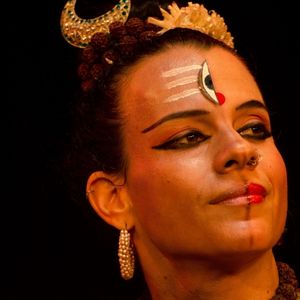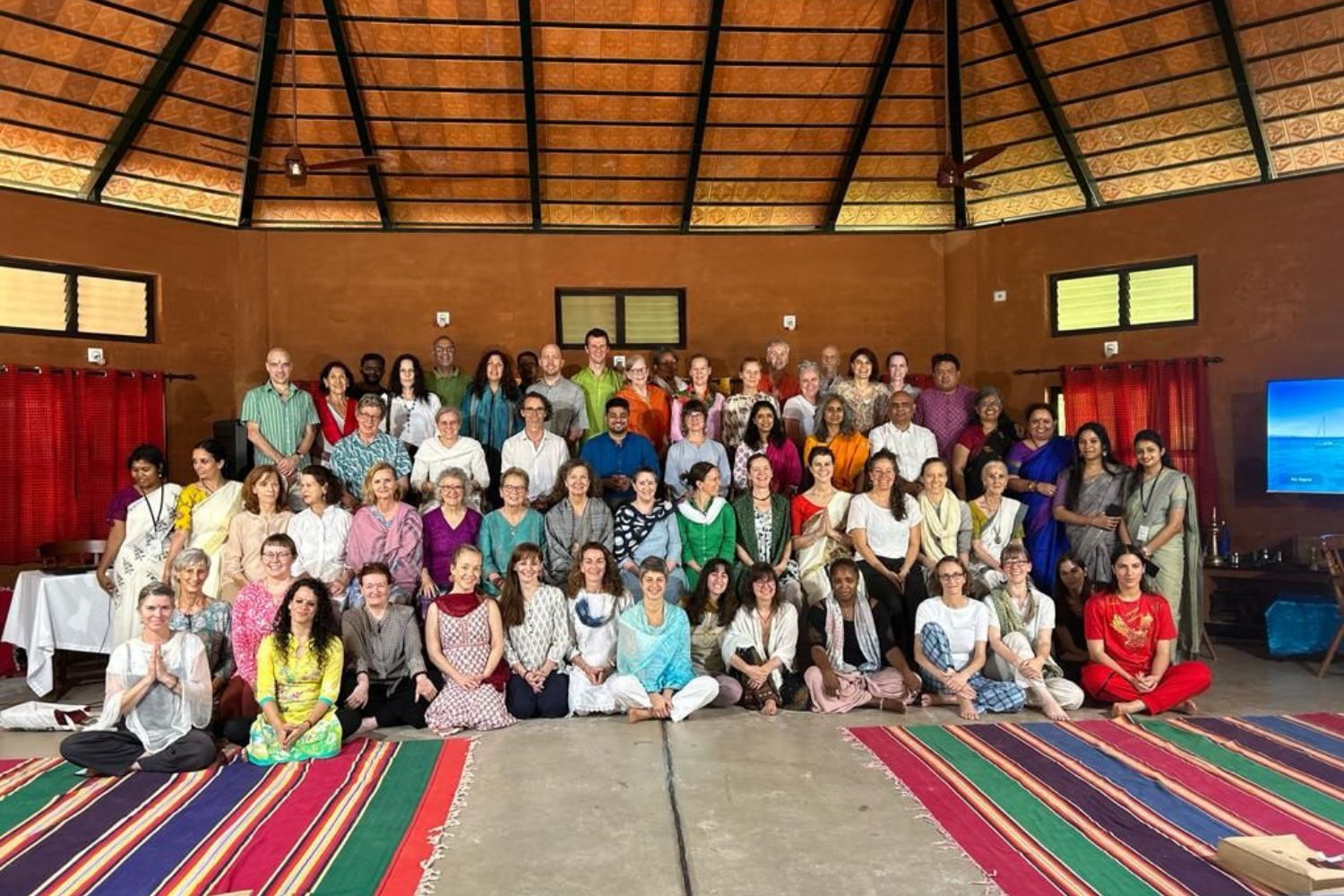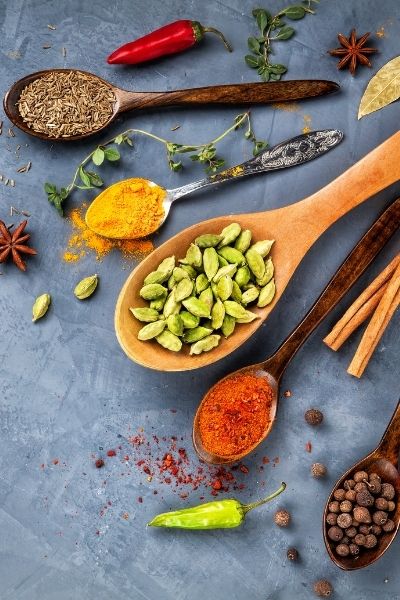The course will be an exploration of the nava (nine) fundamental rasas (emotions), according to the Indian rasa theory. We will explore and experience these nava rasas through guided reflections, introspection, meditations, breathing exercises, the practice of gestures and gesticulation, as well as movements of the body as a whole, and its various specific parts– like the eyes, eyebrows, lips, cheeks, hands, shoulders, chest, etc.
The movement exercises used in the sessions will be drawn from traditional Indian dance styles and martial practices such as Odissi, Mayurbhanj Chhau and Kalaripayattu. The inspiration for the different activities of introspection and gesticulation will be based on the personal studies of Carolina in the Nāṭya Śāstra, the work of Abhinavagupta in the aesthetic experience, and his Abhinavabharati, studies as a Śrī Vidya practitioner (under Lakshman Gurukkal), and the experiences had with experts on the subject such as Sharon Lowen, Nityananda Misra, Sooraj Nambiar.
This course may be a good choice for you if:
- You are interested in a fresh way of looking at emotional reality and exploring options to interact with it.
- You would like some tools for observing, uncovering and activating emotions in and through your own body.
- You would like new insight into the layers that constitute our feelings and emotions; to reflect on their causes, determinants and results from the aesthetic experience point of view.
- You would like a space to creatively FEEL, UNDERSTAND, EXPRESS emotions.
- You would like guidance in techniques, body language and exercises to strengthen your mind and body.
- You would like to explore creative and physical ways to help us embody, digest, and transform the energy of emotions.
Course Schedule:
7 hours; 3 pre-recorded video sessions (recorded in Sept/Oct 2023), plus homework and an (optional) final project. You can take the course anytime you wish and will have access to it for 6 months from the time of registration.
Learning Objectives:
- Be able to list the nine rasas
- Be able to imitate a facial expression for each rasa using gestures of Indian classical dance.
- To remember and execute the Kalarippayat warm up routine to open the body.
- To be able to practice a basic routine of isolated movements done with the different parts of the face.
- To understand, at least intellectually, the elements that are put together to make up the aesthetic experience according to the Indian rasa theory.
- To explore becoming “the actor” (a character) through techniques of visualisation, introspection, and expression.
- To show the mudrās (hand gestures) for some elements of nature like the wind, sun, rain, ocean, etc.
- To imitate or creatively communicate an emotion or idea, using body language, facial expressions, and hand gestures.
Learning Outcomes:
- Develop more sensitivity and awareness towards your emotions
- Remind yourself that there are creative ways of expressing thoughts and feelings.
- Move, activate and de-stress your body, mind and emotional body.
- Understand concepts related to the experience of aesthetics in India.
- Awaken awareness of being an outside observer of your emotions–an experience that can aid you to express and manifest emotions fully by going into the space of “the actor”, knowing that your mental states and conditions are temporary, ever changing and will eventually come to a state of peace.
- Start opening an active inner space that allows observation of the dynamics of emotions and how they manifest within you, as well as how you externalise them.
- Practice efficient exercise routines that can help you to mobilise energy from traditional practices.





